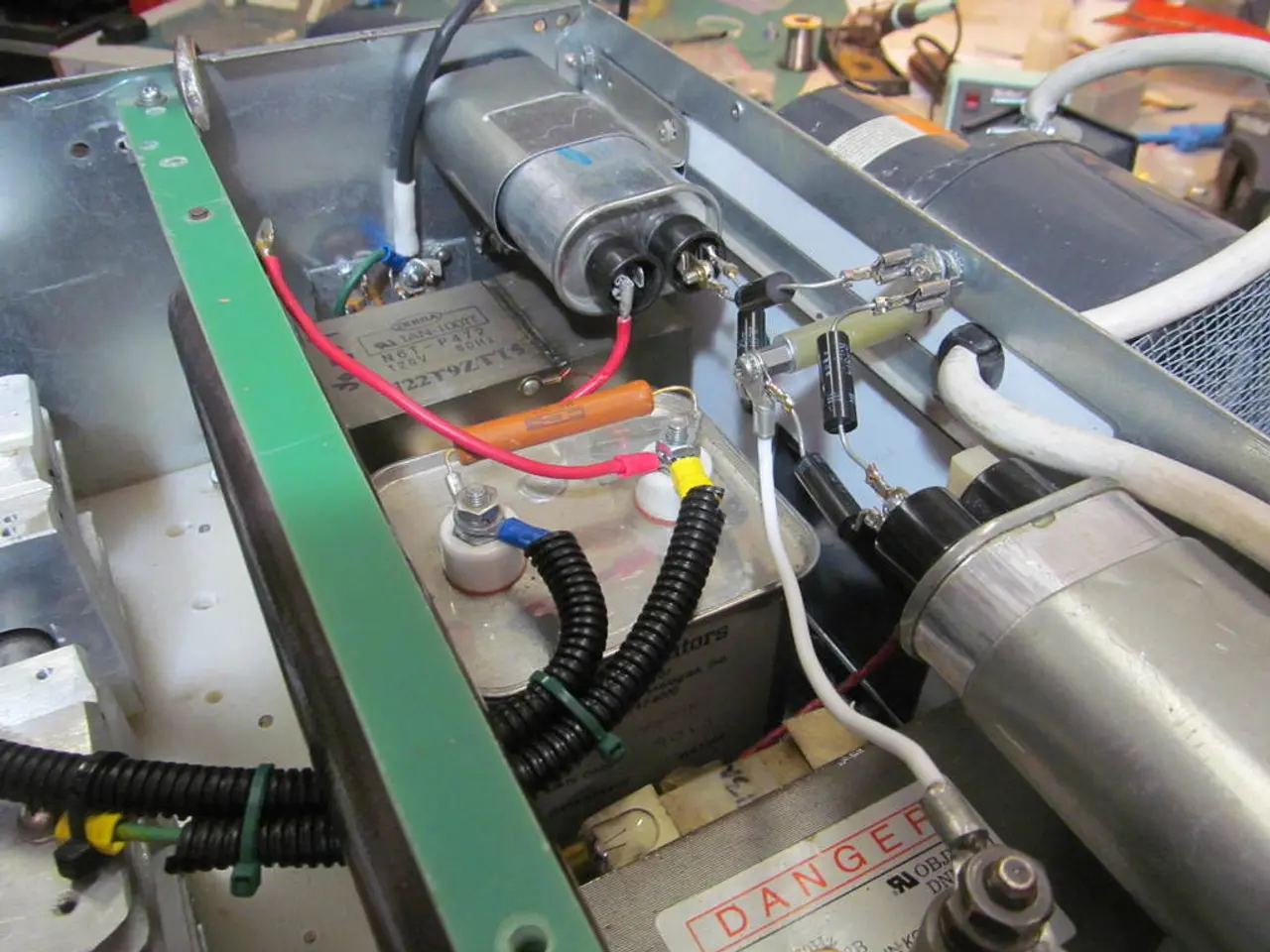Unleashing AI's Potential: What Drives Accuracy in AI Models
Assessing Factors Affecting Artificial Intelligence Precision
Understanding the variables that influence the precision of AI tools is key for anyone wishing to grasp why AI can excel in some situations and stumble in others. Here's a breakdown of the factors shaping AI's ability to perform tasks like language generation, image identification, recommendation systems, or predictive analytics:
The Architectural Influence
The software design of an AI system is its backbone. Modern AI models are usually developed using deep learning frameworks that mimic neural networks by means of interconnected nodes arranged in layers. These systems convert mathematical models into executable commands that run on hardware like GPUs or TPUs.
The architecture influences what an AI can effectively learn and how well it generalizes to data outside its training set. For example, CNNs are popular for working with images, whereas transformer models dominate language processing. The choice of architecture is paramount in determining the AI's abilities and limitations.
Smaller, faster models sometimes miss subtle nuances, while larger, more precise ones demand more memory and processing power. The AI's accuracy is often a balance between computational cost and model complexity.
Fine-tuning and Optimization
Even the best-designed model won't thrive without proper fine-tuning. This stage involves adjusting components like learning rate, batch size, and the number of layers (hyperparameters). Tuning is usually performed by conducting numerous training sessions with different settings and choosing the one that performs best on a testing dataset.
Automated tools can expedite this process, but it still takes skill and close analysis to find the ideal setup. Overfitting, a common issue, arises when a model memorizes the training data, meaning it scores highly during development but struggles with unfamiliar inputs. Finding the balance between training accuracy and performance on unknown data elevates dependability.
Model Parameters
Parameters are the numerical values in the AI model that adjust during training to "learn" patterns. These values control connections between neurons in a neural network, among other things. A model sporting more parameters can capture more complex relationships; however, having too many can strain the model if there's not enough quality data, causing difficulties in making accurate predictions. Streamlining models to be both accurate and computationally efficient is essential, especially when resources are limited.
Quality and Scope of Training Data
The data governs AI's foundation. Quality, diversity, and applicability of the data determine how well the model handles its intended tasks. Training data acts as a teacher for the model, instructing it on what to look for and how to respond. Inadequate, biased, incomplete, or outdated data will degrade the model's overall performance.
The AI's data must represent conditions it will encounter in the real world. For instance, a speech recognition model primarily trained on American English might run into challenges with accents or other languages. A healthcare AI model trained mainly on adults may underperform when dealing with children unless it has been trained on appropriate pediatric cases.
Labeling, another challenge, frequently involves human markers specifying the correct answers. Inconsistent or incorrect labels can cause the model to learn and make mistakes. Creative approaches like data augmentation and synthetic data creation are sometimes employed to compensate for data gaps, but they need to be used cautiously to avoid introducing noise.
Evaluation and Validation
Accuracy isn't set in stone – it fluctuates depending on how the model is tested. Evaluation customarily involves splitting the data into training, validation, and test sets. Metrics like precision, recall, and F1 score gauge the model's performance across various dimensions.
Even a model may excel on basic tests but falter in complex or dynamic real-life scenarios. Real-time validation and continuous monitoring come into play here. Stakeholders regularly update models with new data to keep their accuracy high.
High-stakes applications, like medical diagnosis or autonomous driving, necessitate additional measures like peer review, regulatory approval, and interpretability tools to ensure that predictions remain consistent and trustworthy.
Human Input
Even the most technologically advanced AI systems require human input. Humans play a role in interpreting ambiguous scenarios, correcting errors, and adjusting the system as circumstances change. This is particularly true when AI is employed for decision support in sensitive areas like law enforcement, healthcare, or finance.
Human feedback can be utilized for training purposes in Reinforcement Learning from Human Feedback (RLHF), improving the model's accuracy over time. However, this feedback must be fair and consistent to avoid introducing additional biases.
Human intuition serves to determine when AI accuracy is sufficient to be utilized in practice. In many cases, AI serves as a tool to aid human decision-making, rather than replace it, since perfect accuracy is often unattainable or unrealistic.
Transparency and Interpretability
Decision-making processes in complex models like deep neural networks can be challenging to understand, leading to distrust in their results. Efforts to improve transparency encompass tools that reveal which aspects of the input have the most influence on the output. These tools don't always lead to higher accuracy but can help users spot errors or biases. Transparent models make it easier to determine when retraining is necessary.
In regulated industries, simpler models are increasingly favored due to their easier-to-explain outputs, even if they're slightly less accurate.
Conclusion
AI accuracy hinges on the model's construction, fine-tuning, the parameters it learns, and the data it's trained on. The model's architecture shapes its capacity, fine-tuning assists it in learning effectively, and parameters store what it has learned. The quality and scope of training data determine how well the model copes with real-world tasks. Measuring and maintaining accuracy correctly requires constant evaluation, human input, and thoughtful oversight. While high-level models can produce highly accurate results, obtaining this outcome necessitates careful design decisions at every stage.
- Tags
- Artificial Intelligence
- Healthcare
- Understanding
- In the realm of AI, the choice of architecture significantly impacts the new space of the AI economy, as architectures like CNNs for images and transformer models for language processing determine the AI's abilities and limitations.
- Balancing computational cost and model complexity is crucial in achieving high accuracy in AI models, especially in the space economy where resources might be limited, as smaller models sometimes miss subtle nuances, while larger ones demand more memory and processing power.



